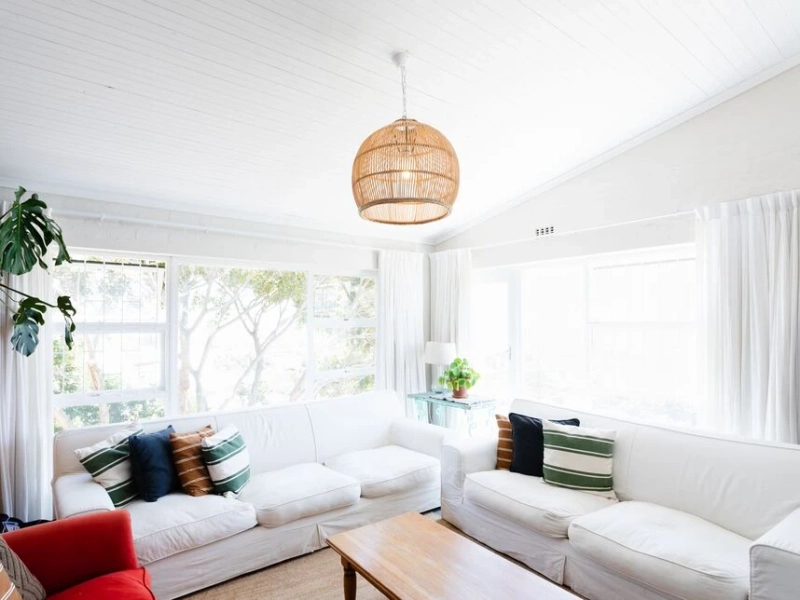Lighting is undoubtedly one of the most important aspects of interior design. Choosing the lighting for your home can be daunting and downright confusing.
Good lighting in your home can transform how it looks and feels. The room will appear awkward if the ceiling light is too large. It will appear shabby if the light is too small. You won't be able to see what you're doing or create a mood if there isn't enough lighting.
We've compiled a list of Lighting Dos and Don'ts for you when decorating your space. Take help from guidelines, and your room lighting in India will be much easier.
Dos
Measure
It is critical for most home decor projects to begin by measuring. There are a few measurements to keep in mind while choosing a fixture. For example, the width of the lighting fixture or the length it hangs down.
We don't want anyone getting hit in the head by a beautiful chandelier, do we? Wall sconces must line up with each other at the proper height on the wall. Wall sconces are typically hung 60-72" from the ground.
Because every light and every room is unique, there are no hard and fast rules. The main point to remember is the measure.
Choose the bulb and brightness level.
When selecting a light fixture, it is critical to consider the purpose of light. Task, ambient, and accent lighting are the three main types of lighting for your home.
Task lighting is useful for tasks like cooking or reading. It means that the brightness of task lighting is critical because it will influence whatever task you are attempting to complete.
Ambient lighting is intended to illuminate an entire space and is typically the primary source of illumination.
Accent lighting draws attention to a specific point of interest or creates a mood in a room. The brightness, colour, and number of bulbs will vary depending on how you use the light.
Layer lighting
Layering your lighting is an excellent way to create mood in your space while allowing you to use it for vivid activities.
You can create a warm-lit space by adding wall sconces or a floor lamp when you don't need ambient lighting.
Consider having a movie night in your living room or reading before bed. It is critical to include at least two types of lighting in your space so that it is both functional and beautiful.
Don't
Don't rely solely on overhead lighting. It is useful. But not particularly attractive. You can combine overhead lighting with task and ambient lighting. Overhead lights that are too large will make the ceiling appear lower. It also makes the room feels smaller. Consider replacing table laps with wall-mounted ones if you don't have much space. Sconces can be used as ambient room lighting in India to highlight key décor elements.
Avoid hanging the chandelier too low. The last thing you want is for people to hit their heads on the chandelier while attempting to sit or to be unable to see the person sitting across from them. If the chandelier's bottom is less than 30 inches above the tabletop, it's time to raise it.
Don't cut corners on lighting. Install two recessed lights above the shower if you need two. Avoid settling for just one light when two are required because the bathroom needs to be bright and practical. To control the brightness of each fixture, you can always add new lighting controls.
Avoid using small pendant lights. Traditional pendants are typically 6 inches wide. While this is adequate for smaller islands, larger islands require more lighting options. If your island is wider than 24 inches, consider large pendants to avoid losing your light fixtures.
When light is too small, it tends to look out of place in space and may not provide enough light for the entire room.
When deciding which ambient light will work best in your space, there is a simple rule of thumb to follow.
To begin, determine the length and width of your space. Add these two numbers and then convert them to inches. It is the diameter or width of your lighting fixture.
Let's go over that again. Assume the room is 10 feet wide by 15 feet long. We would add those two numbers to get 25. It means the fixture's width/diameter should be around 25 inches.
0


